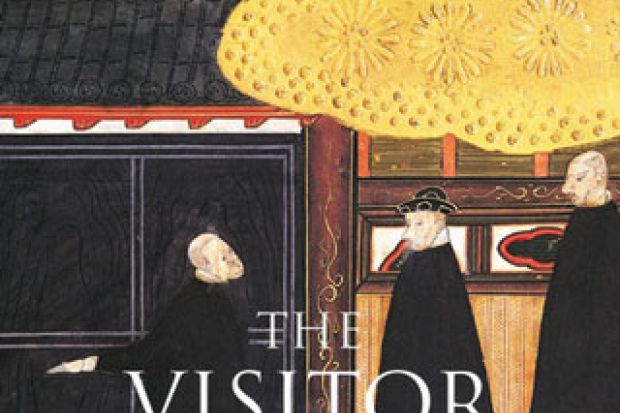History can be arbitrary: while it puts some remarkable men and women on pedestals, it leaves others to fall into oblivion, whence dedicated scholars must work to rescue them by acknowledging their deeds. This is exactly what Liam Matthew Brockey does in The Visitor, a book dedicated to the Jesuit André Palmeiro (1569-1635), a major 17th-century figure who, the author argues, “has claim to a larger place in the Society [of Jesus]’s history and, more generally, that of Christianity in Asia”.
A self-effacing, open-minded man with a brilliant academic career in his native Portugal, Palmeiro’s intellectual pursuits would never prove obstacles to his pragmatism following his appointment as Visitor to Asia in 1618. When in an ecclesiastical setting, the Visitor position was usually temporary, and among other responsibilities it centred on conducting inspections of missions. As an expanding order whose overseas missions reached far from the Roman Curia, the Society of Jesus – and Palmeiro in particular – learned how to make good use of this office in distant lands.
This story, however, transcends Palmeiro’s life, and Brockey’s biography becomes simultaneously a historical study. Indeed, it is Palmeiro’s own letters and his lively accounts of his journeys, along with other sources, that Brockey puts to excellent use in his account of Jesuit enterprise in the Portuguese Empire in maritime Asia. The Visitor also deals extensively with the Estado da Índia, “the heart of Portuguese administration in Maritime Asia”, in the early 17th century, a period that has been less extensively investigated than its formative years.
Palmeiro’s journeys and adventures, as well as the scale of Jesuit enterprise at that time, were truly “global”. But Brockey makes the case that focusing solely on this dimension prevents us from seeing the “depth and texture” of the experiences of Palmeiro and his confrères. But beyond these debates on how the term “global” overlooks or reduces the profundity of an individual, his ideas and emotions, in crafting Palmeiro’s life story Brockey brilliantly accomplishes his goal of shedding light on different historical contexts as well as the problems and questions of the early modern world.
The Visitor’s first part, “Inside the Empire”, extends from Palmeiro’s early years in Portugal and his fruitful academic career to his appointment as joint Visitor of Malabar and Goa in his late forties. The second, “At Empire’s edge”, deals with the final nine years of Palmeiro’s life, and his appointment as Visitor of the East Asian missions. It follows his journey to the Ming Empire and also focuses on his constant concern about the Jesuits’ Japanese mission, as religious persecutions had escalated there by the late 1620s. Throughout those years, Palmeiro based what Brockey calls his “imperial vision” on bold, strategic decisions. For example, in the face of repeated criticism of the Jesuit pursuit of riches, he purchased a ship to avoid dependency on Portuguese merchants and bolster the silk and silver trade. He also staffed missions in lands largely unknown to Jesuits at the time, such as Tonkin, Cochinchina, Champa, Cambodia, Laos and Siam.
This well-written and enjoyable book illustrates how Palmeiro’s final days until his death marked the end of a generation of Jesuits whose dreams materialised in the expansion of Christianity in Asia.
The Visitor: André Palmeiro and the Jesuits in Asia
By Liam Matthew Brockey
Harvard University Press, 528pp, £29.95
ISBN 9780674416680
Published 25 September 2014
Register to continue
Why register?
- Registration is free and only takes a moment
- Once registered, you can read 3 articles a month
- Sign up for our newsletter
Subscribe
Or subscribe for unlimited access to:
- Unlimited access to news, views, insights & reviews
- Digital editions
- Digital access to THE’s university and college rankings analysis
Already registered or a current subscriber? Login





